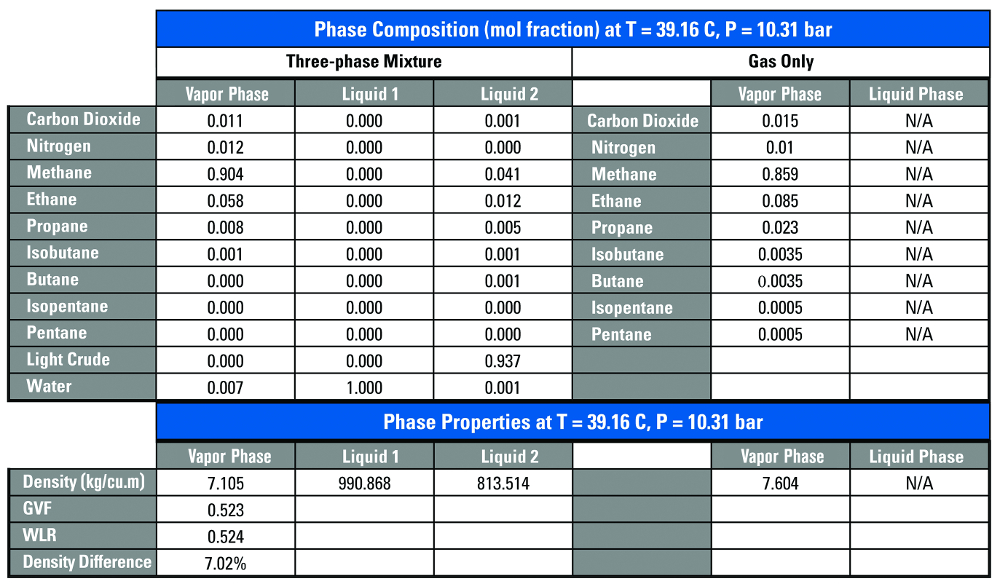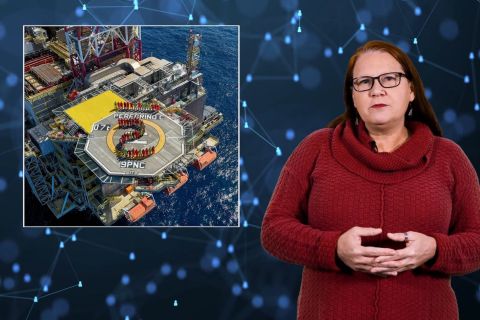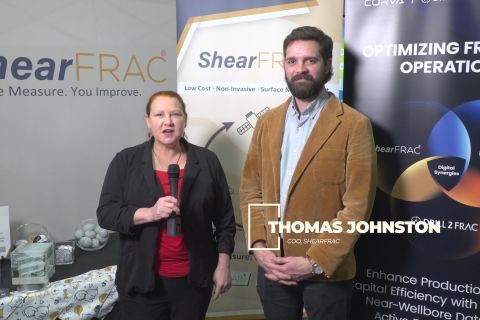Operators are increasingly being faced with the challenge of developing fields with marginal economics and where it is often simply not viable to deploy bulky, costly, high-maintenance separators with accompanying flowlines and equipment.
Deploying a multiphase flowmeter subsea can reportedly reduce capex by about 63% while increasing ultimate hydrocarbons recovery by up to 9%.
The next generation of multiphase meters using new technologies is in developmental and protocol stages and will soon be field-tested and eventually commercially available. Meter manufacturers continue to drive down their measurement uncertainties to meet the demands of industry.
Live vs. reference test fluids debate
There is currently a debate within the flow measurement community with regard to the merits of using live fluids for the development, testing and calibration of multiphase flowmeters.
NEL has recently conducted research that reveals that the use of live fluids (i.e., natural gas, crude oil and brine) to test and calibrate multiphase flowmeters increases measurement uncertainty by up to 7%. This inaccuracy could represent a potential financial mismeasurement of many millions of dollars per year (one estimate by NEL put the figure at up to $36 million) for a well measured with a single multiphase meter.
Proponents of the use of live fluids argue that flow loops using such fluids are more representative of the conditions that meters will encounter in service.
However, the measurement of multiphase flow in oil and gas poses particular difficulties when calibrating and testing flowmeters as it has many variables that require complex measurements. This means that there is less confidence in the properties of these fluids, ultimately resulting in higher uncertainty in the reference flow rate for a device under test.
Conversely, reference fluids are stable and predictable, thereby delivering consistent and reliable measurements and resulting in lower uncertainty in the reference measurements before the flowmeter goes into the field.

TABLE 1. Calculations were made with reference fluids. (Source: NEL)
Fluid properties
Consider a typical multiphase loop operating with reference fluids. Each liquid phase is metered through its own reference flowmeter, and fresh nitrogen is added and metered through its own flowmeter.
Online density measurement of the liquid phases combined with offline measurements of the pure liquids enables the mass flow rates of the liquid phases to be determined and hence the volumetric flow rates at the device under test.
The temperature and pressure of the gas phase at its reference meter also are measured, allowing the mass flow rate to be calculated. The volumetric flow rate of the gas at the device under test can then be calculated from its local temperature and pressure at that point.
A fluid stream was set up in NEL’s Physical Properties Data Service thermophysical properties software package to represent a typical set of conditions in a multiphase test loop. A vapor/liquid/liquid flash calculation was undertaken to determine the amounts of each phase present and the compositions of the phases.
A calculation also was completed for pure nitrogen at the same temperature and pressure conditions, and the density values compared.
The calculated densities were shown to differ by less than 0.1%, confirming the assumption that the nitrogen remains in the gas phase and doesn’t absorb liquids (Table 1).

TABLE 2. Calculations were performed with fluids representative of live crude and natural gas. (Source: NEL)
Uncertainty
A similar set of calculations was performed with fluids representative of live crude and natural gas.
As the thermophysical properties software includes a petroleum fractions package that contains pseudocomponents such as crude oils, these can be treated by the calculation engine as pure fluids and mixed with other fluids from the system databank. For this calculation a light crude with a specific gravity of 0.845 and a viscosity of 7.4 centistokes at 38 C (100 F) was chosen. A representative natural gas mixture also was used.
The density difference was 7% due to partitioning of the hydrocarbon components between the vapor and liquid phases (Table 2).
Additional calculations were undertaken for a high-pressure multiphase flow loop using live fluids, and similar differences were found in the calculated densities of the gas phase. Unless this partitioning is taken into account, the density difference calculated translates directly to an error in the calibration.
While it may be possible to determine the gas phase composition in real time by gas chromatography, the liquid phase composition can generally only be determined by sampling and offline analysis. Even if this approach is used, there still remain the inherent uncertainties arising from the equations of state—all equations of state require additional parameters (binary interaction parameters) to account for nonideal behavior of real mixtures.
Greater accuracy
As the research shows, the use of “real” fluids such as natural gas, crude oil and brine increases the uncertainty on the calculated fluid phase properties.
To achieve the lowest overall uncertainty, it is necessary to control all of the parameters as accurately as possible. The best metrological approach is therefore to eliminate this issue by the use of suitable stable, well-characterized reference fluids.
It is for this reason that NEL has recently switched from using crude oil to refined oil as part of its multiphase flow-loop meter testing.
This is consistent with the approach recommended in guidance notes from the U.K.’s Department of Energy and Climate Change on petroleum measurement. These notes make specific mention of the need to account for possible transfer of components between phases and a preference for “model” fluids to minimize additional uncertainties.
Recommended Reading
Well Logging Could Get a Makeover
2024-02-27 - Aramco’s KASHF robot, expected to deploy in 2025, will be able to operate in both vertical and horizontal segments of wellbores.
Tech Trends: SLB's Autonomous Tech Used for Drilling Operations
2024-02-06 - SLB says autonomous drilling operations increased ROP at a deepwater field offshore Brazil by 60% over the course of a five-well program.
E&P Highlights: March 15, 2024
2024-03-15 - Here’s a roundup of the latest E&P headlines, including a new discovery and offshore contract awards.
ShearFRAC, Drill2Frac, Corva Collaborating on Fracs
2024-03-05 - Collaboration aims to standardize decision-making for frac operations.
E&P Highlights: March 4, 2024
2024-03-04 - Here’s a roundup of the latest E&P headlines, including a reserves update and new contract awards.





